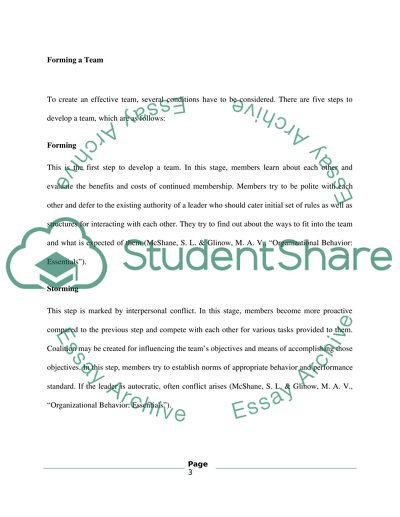Cite this document
(“Case Study: Building a Coalition Study Example | Topics and Well Written Essays - 1500 words”, n.d.)
Retrieved from https://studentshare.org/human-resources/1411690-case-study-building-a-coalition
Retrieved from https://studentshare.org/human-resources/1411690-case-study-building-a-coalition
(Case Study: Building a Coalition Study Example | Topics and Well Written Essays - 1500 Words)
https://studentshare.org/human-resources/1411690-case-study-building-a-coalition.
https://studentshare.org/human-resources/1411690-case-study-building-a-coalition.
“Case Study: Building a Coalition Study Example | Topics and Well Written Essays - 1500 Words”, n.d. https://studentshare.org/human-resources/1411690-case-study-building-a-coalition.


